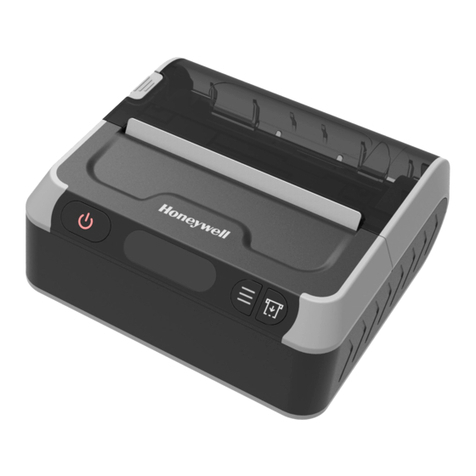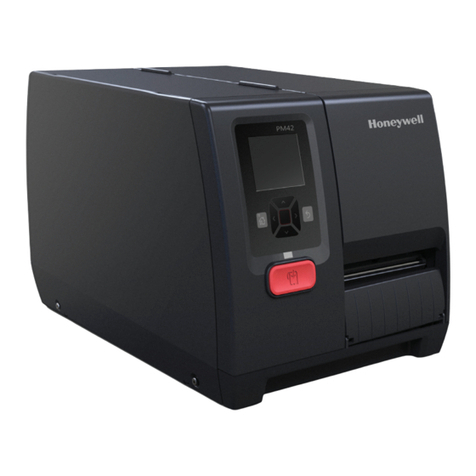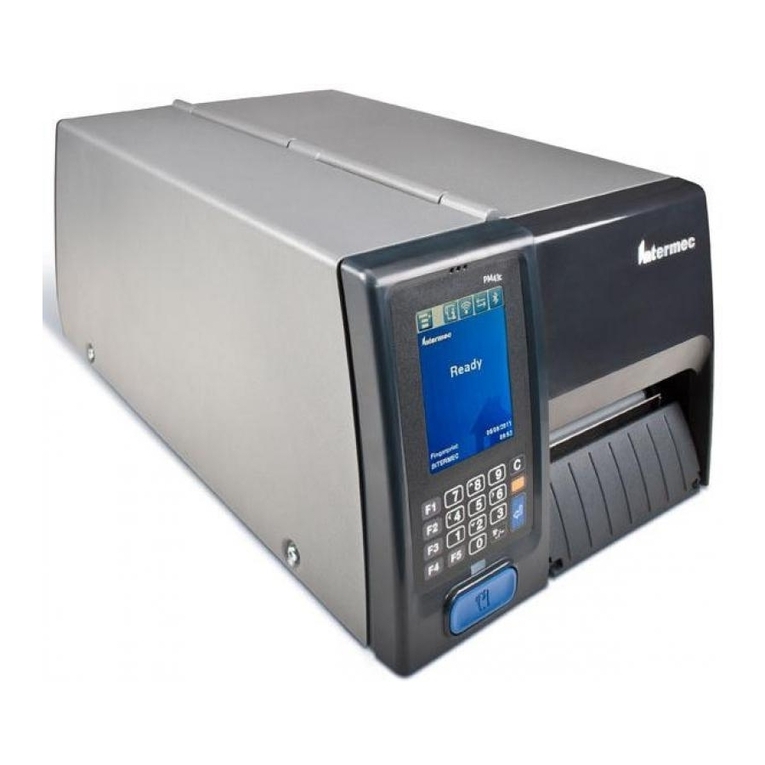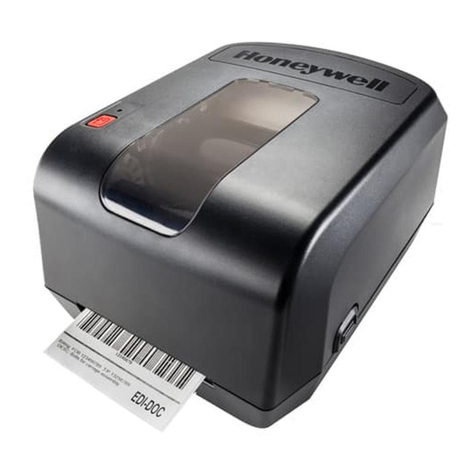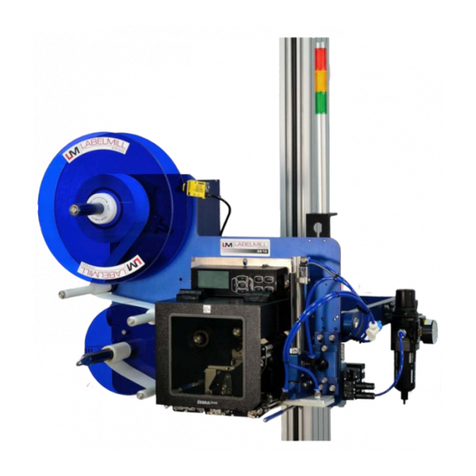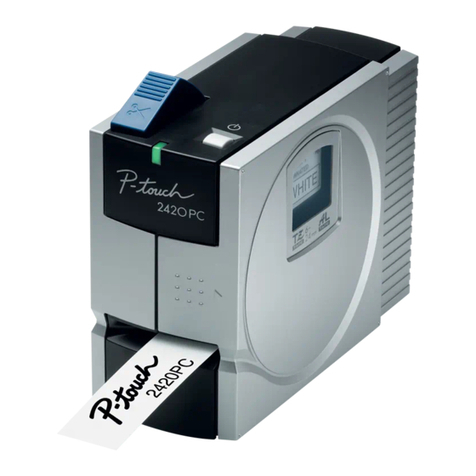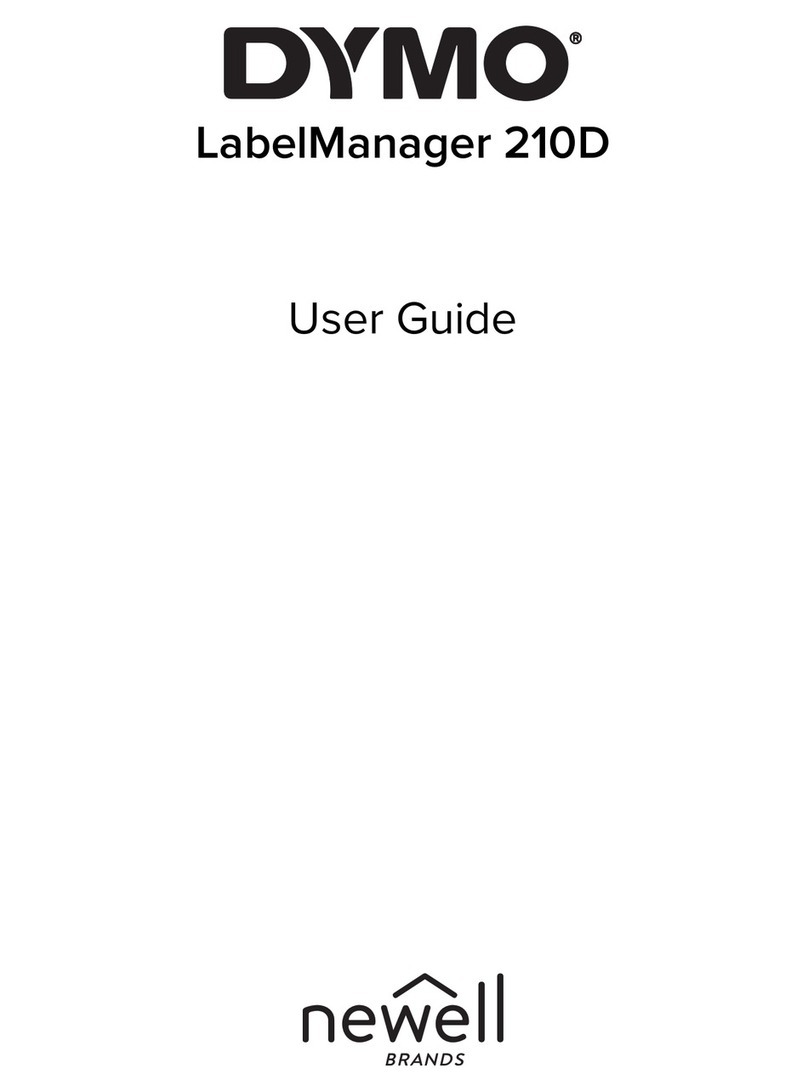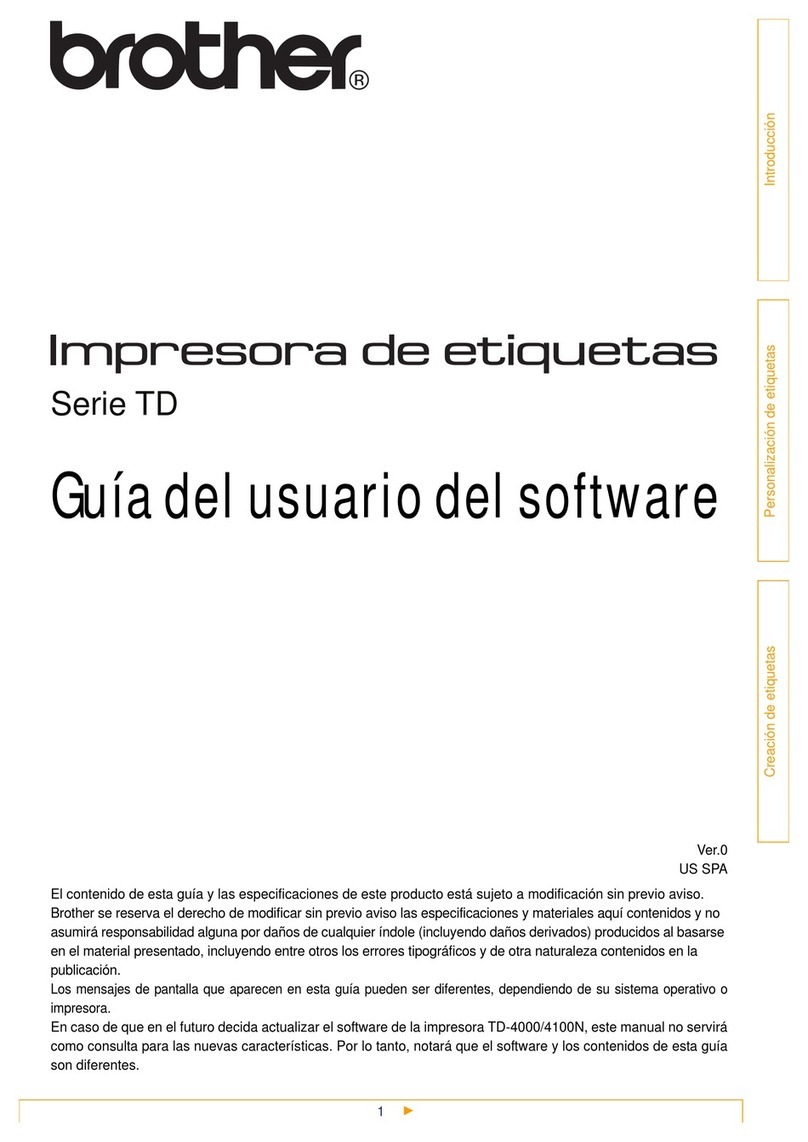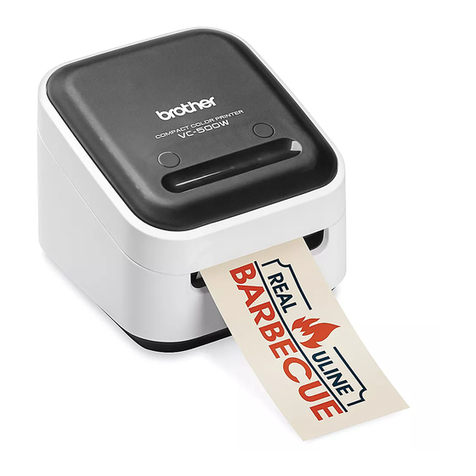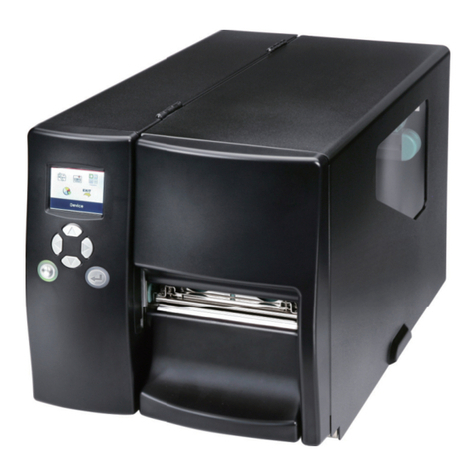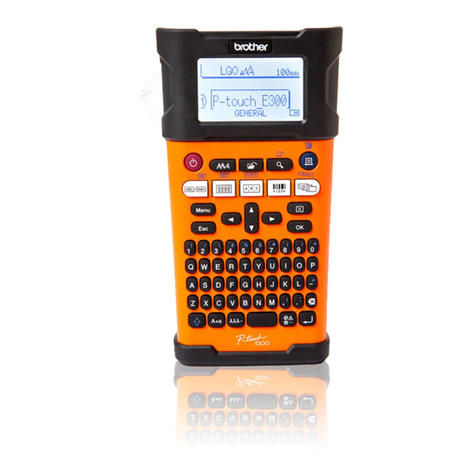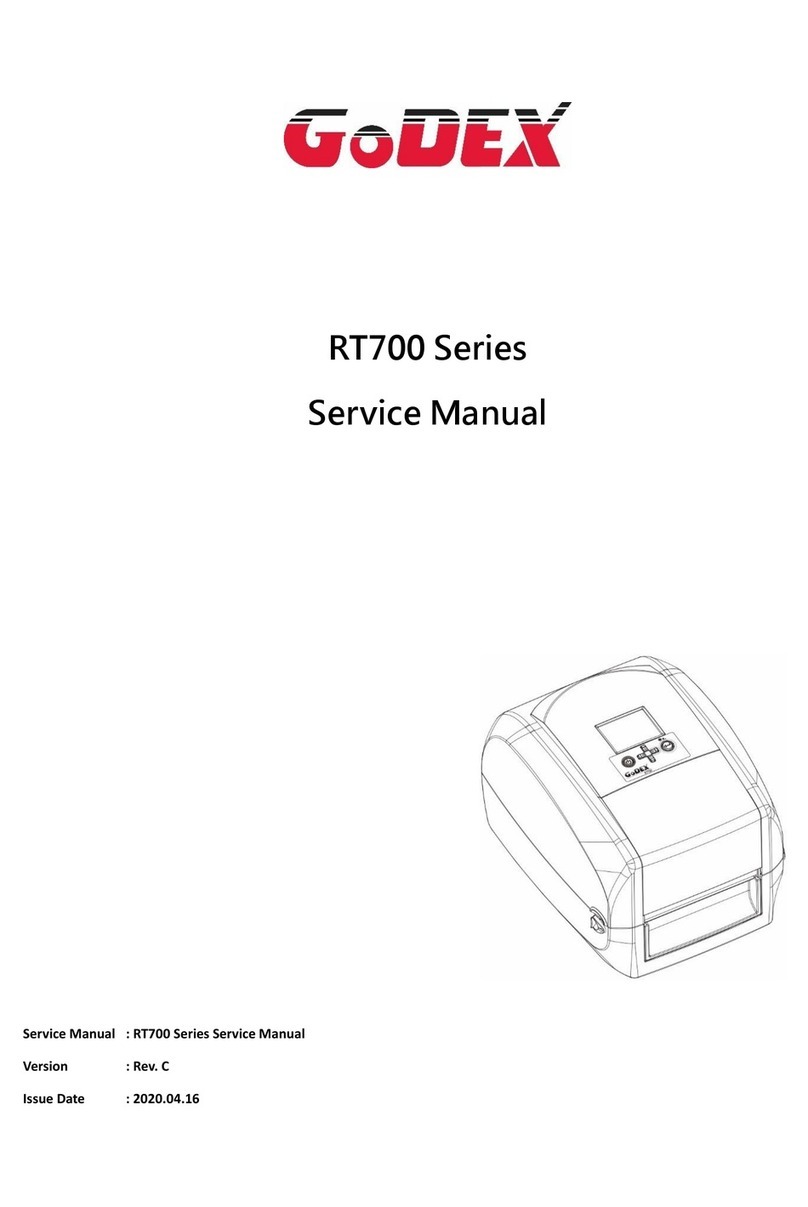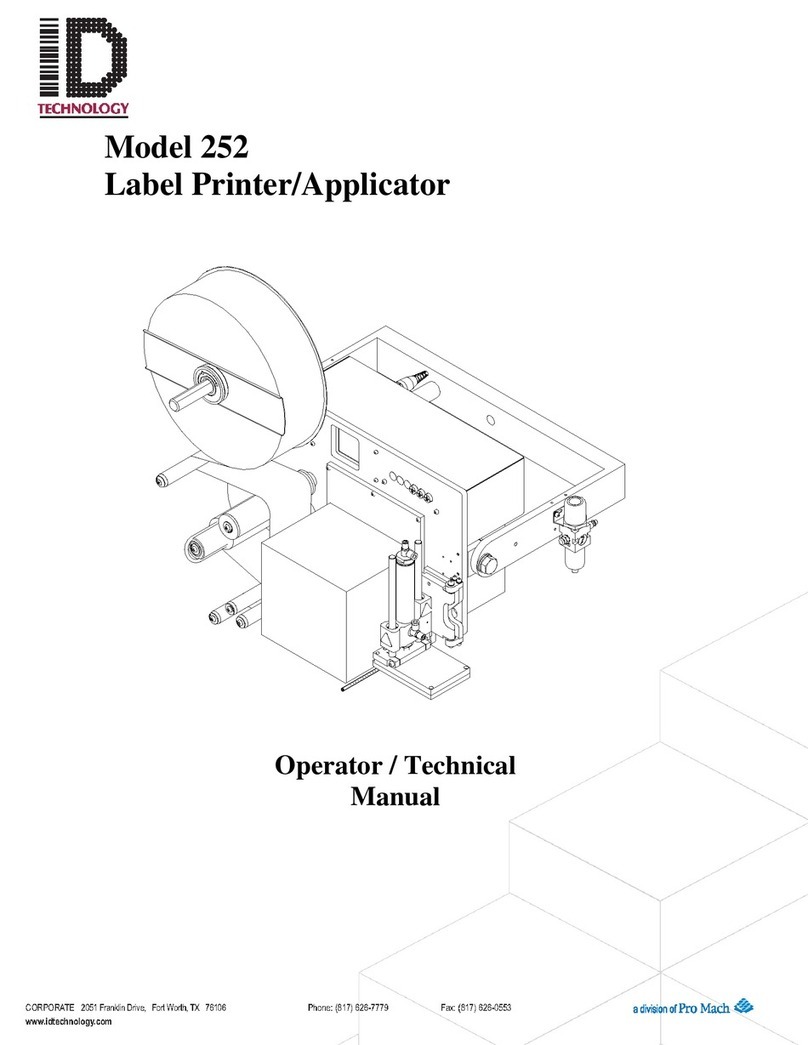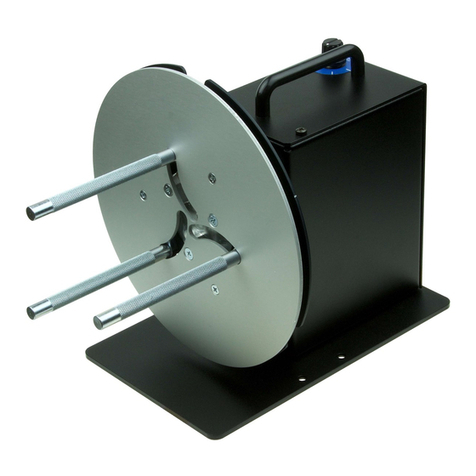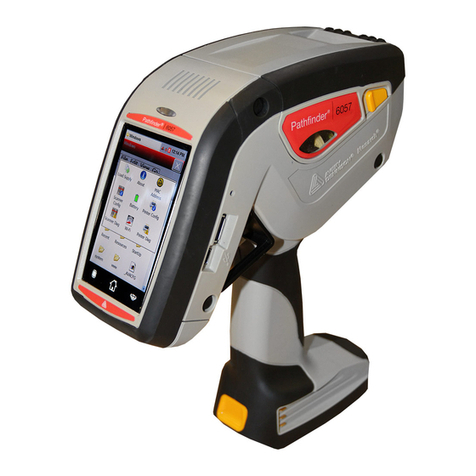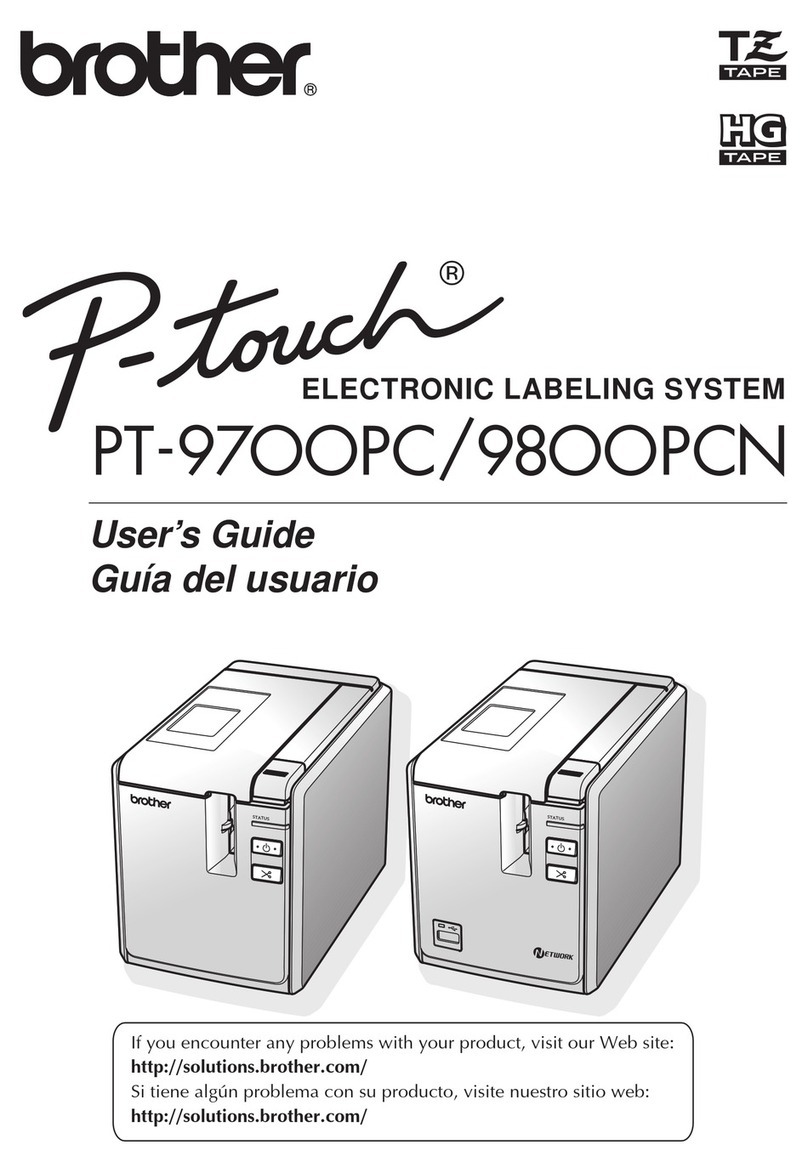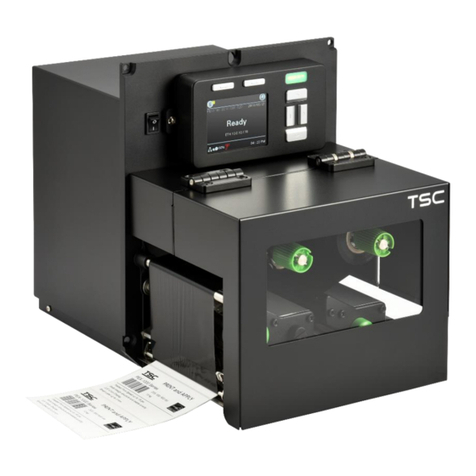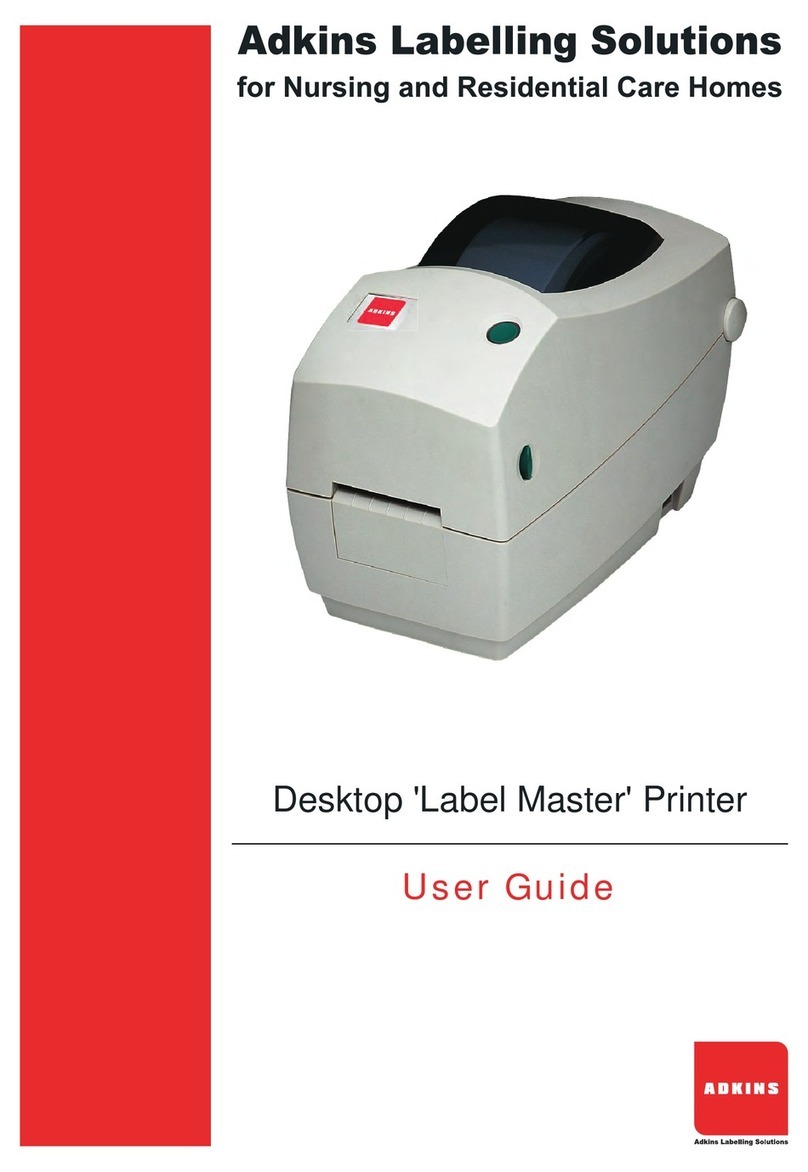
PX940 Applicator Interface Installation Instructions 9
5 Start print Input Pulse mode - prints one and only one label
whenever this pin is pulled to ground. Signal
must be de-asserted and re-asserted to print
another label.
• Printing starts on HIGH to LOW transition if
format is ready.
• De-assert this signal to HIGH to inhibit
printing.
Level mode - prints labels continuously
when this pin is pulled to ground. Printing is
disabled when signal is de-asserted. If a label
is printing when de-asserted, printing stops
after that label is complete.
• Assert LOW to start printing if format is
ready.
• De-asserted HIGH when current label
has finished printing. Remains
de-asserted while waiting for next label
to be ready to print.
6 End print Output Drives an applicator or other external device
requiring synchronization with the print
cycle. Choose between four types of output
signals:
• Type 1 (Default): Asserted LOW for 20ms
when label has finished printing and
positioned. Not asserted during continuous
printing.
• Type 2: Asserted HIGH for 20ms when label
has finished printing and positioned. Not
asserted during continuous printing.
• Type 3: Asserted LOW only when media is
moving, otherwise de-asserted HIGH.
• Type 4: Asserted HIGH only when media is
moving, otherwise de-asserted LOW.
7 Reprint Input Enables Reprint mode via software. When
this mode in enabled, assert LOW to reprint
last label. This input is ignored when Reprint
mode is disabled.
8 Reserved
Pin Signal Type Description
